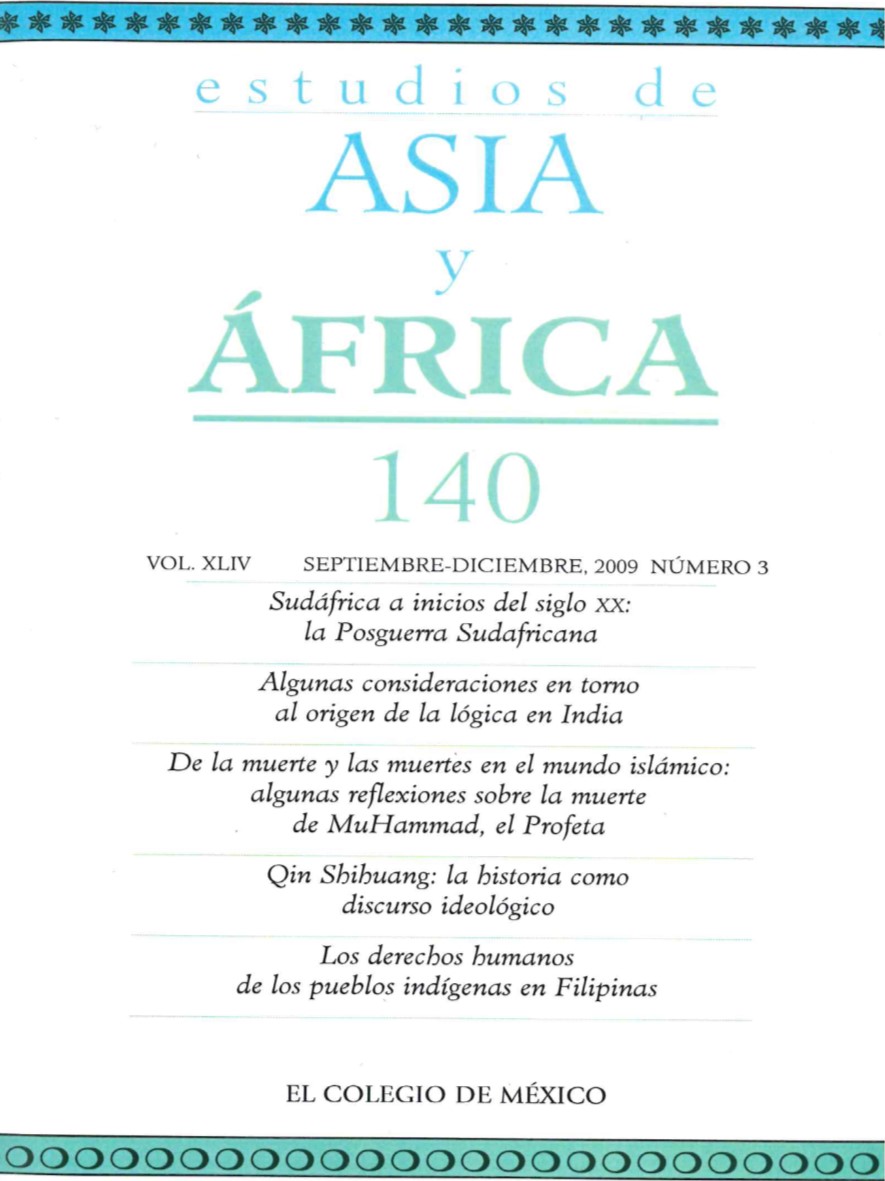Abstract
The topic of death in the Islamic world has recently received remarkable attention by Islamicists, surely because of the implications it has always had for Islam and Muslims. The study can be carried out from various viewpoints. For example, from a philological analysis of terms and expressions, especially those of popular character that the rich Arabic language uses to refer to biological and social phenomena associated with death. Also, it can be addressed following the presentation of the Sacred Koran, or as a review of the ancient and modern funerary customs of Islamic society. In special cases, the topic can be raised through the coexistence between the living and the deceased in the “City of the dead” in Cairo today. But in this article the topic will be discussed considering the death of Muhammad not only through its historical or political implications, but also through the factors that affected the development of one of the richest manifestations of popular Islam; that related to the Prophet’s death and his final destination with allah in Paradise. In fact, it can be said that the death of Muhammad is one of the fundamental aspects that explain the history and “semiofficial” manifestations of Islam.
This work is licensed under a Creative Commons Attribution-NonCommercial-NoDerivatives 4.0 International License
Copyright 2022 Estudios de Asia y África


